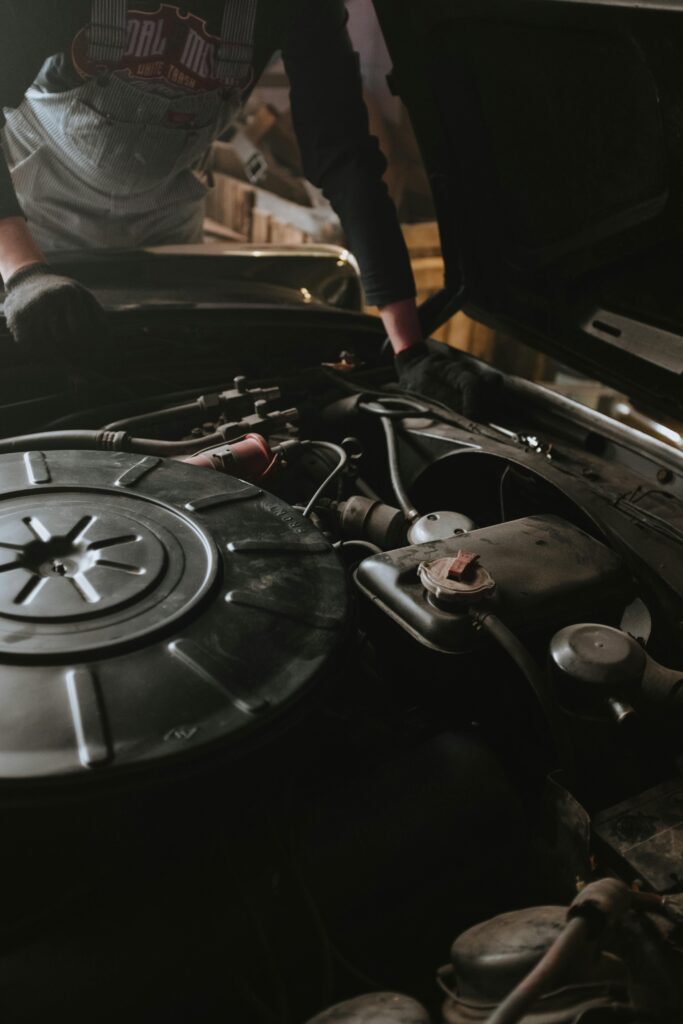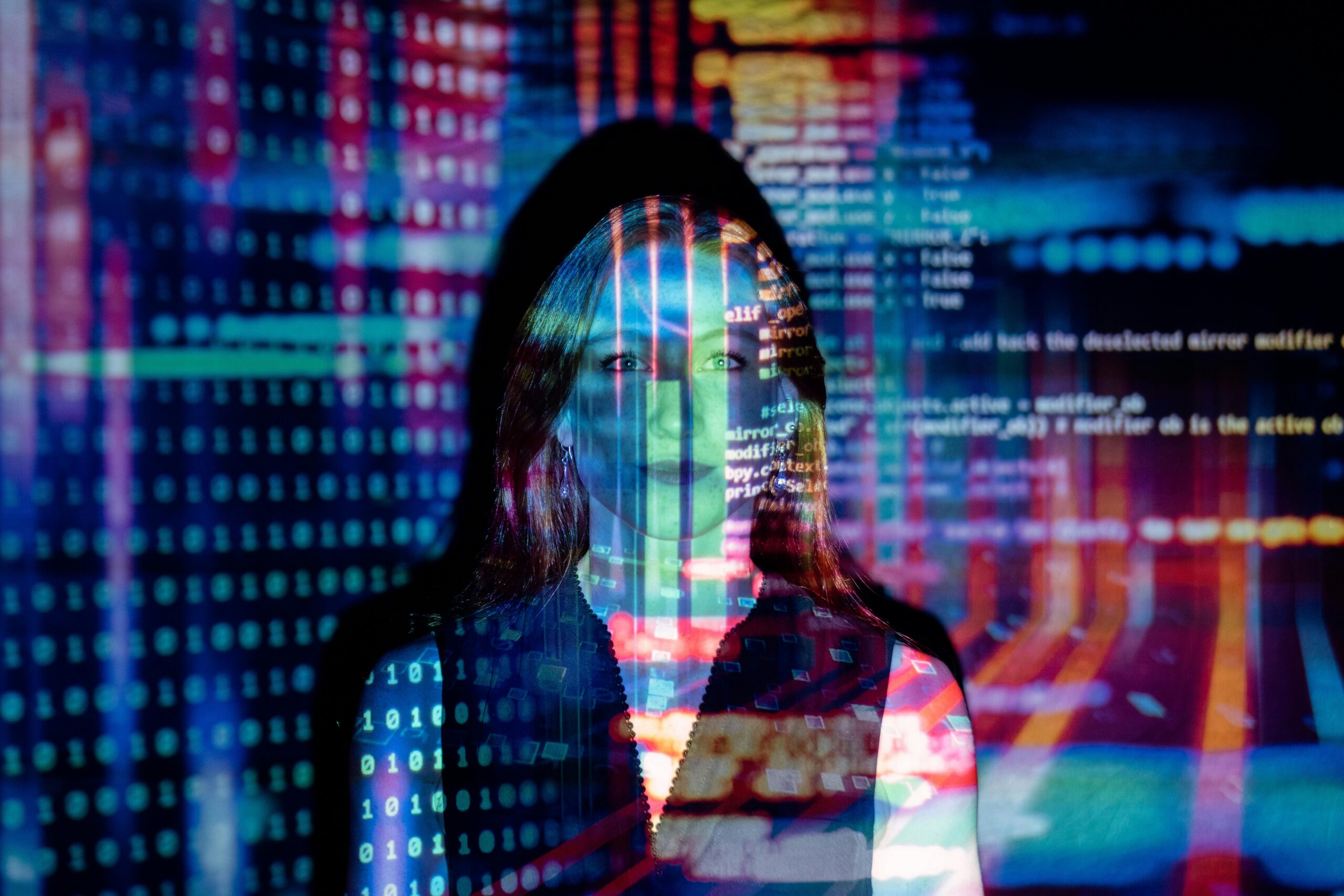Alessandro Volta, an Italian physicist, created the voltaic pile, the first real battery, in 1800.Science and technology are very interested in battery innovation, especially as the need for more sustainable, effective energy storage increases. Here are some significant advancements and areas of interest.

1. Solid-State Batteries
Battery Innovation Is very Important.
Advantages:
- Higher energy density, leading to longer battery life.
- Increased safety (reduced risk of overheating or catching fire).
- Faster charging times.
Applications: Grid storage, consumer electronics, and electric vehicles (EVs). Toyota and other big businesses are making significant investments in this technology in the hopes that it will result in batteries that are safer, lighter, and more potent.
2. Lithium-Sulfur Batteries
Lithium-sulfur (Li-S) batteries use sulfur as a cathode material instead of the traditional metals.
Advantages:
- Higher energy density compared to lithium-ion batteries.
- Lower cost due to the abundance of sulfur.
- Eco-friendliness, as sulfur is more readily available and less harmful to the environment.
Difficulties: Reduced longevity as a result of the sulfur cathode’s gradual deterioration, however continued research attempts to increase stability.
Applications include EVs, drones, and aerospace applications.
3. Graphene Batteries
Graphene is an extremely thin and strong material that offers superior conductivity and flexibility.
Advantages:
- Faster charging and discharging times.
- Longer battery life due to better conductivity and efficiency.
- Potential for higher energy capacity and reduced weight.
Applications include EVs, cellphones, and high-performance electronics. For their upcoming smartphones, companies such as Samsung are investigating graphene.

4. Sodium-Ion Batteries
Sodium-ion batteries use sodium instead of lithium, making them a promising alternative.
Advantages:
- Sodium is much more abundant and cheaper than lithium.
- Potentially more sustainable due to the availability of sodium.
Difficulties: Less energy density than lithium-ion batteries, although this difference is being closed by continued development.
Applications: Large-scale energy storage systems where weight is less of a concern, such as grid energy storage.
READ MORE: Theory of Relativity
5. Fast-Charging Batteries
Research into faster-charging batteries focuses on reducing charging times without compromising safety or battery lifespan.
Technologies:
- Better electrode materials (silicon anodes, for example).
- battery management system innovations aimed at improving charging cycles.
Applications: Consumer electronics, electric vehicles (EVs), and portable gadgets with the goal of significantly cutting down on the hours that electric car charging takes to minutes.
6. Recycling and Sustainability
The growing number of batteries, especially from EVs, raises concerns about waste and recycling.
Innovations:
- Creating more effective techniques for lithium-ion battery recycling.
- investigation into novel battery chemistries that require less uncommon elements, such cobalt.
- circular economy models to guarantee the reusability of materials from outdated batteries.
Applications include lowering the environmental effect of battery production and disposal, as well as sustainable energy systems.

7. Flow Batteries
Flow batteries store energy in liquid electrolytes contained in external tanks. They are particularly useful for large-scale energy storage.
Benefits:
- Long lifespan (able to withstand thousands of cycles of charging and discharging).
- scalable, depending on the size of the electrolyte tanks for storage capacity.
Applications: Grid-scale energy storage and the integration of renewable energy sources, particularly in solar and wind power systems.
8. Quantum Dot Batteries
Quantum dots are nanocrystals that have unique optical and electrical properties.
Benefits:
- Quicker charging and increased energy efficiency.
- Possibility of much longer battery life.
Applications: Future electric vehicles (EVs) and consumer gadgets.
9. Zinc-Air Batteries
Zinc-air batteries generate electricity through the reaction of zinc with oxygen from the air.
Benefits:
- Exceptionally small and light.
- high density of energy.
- less expensive to manufacture and better for the environment.
The shorter lifespan and slower recharging times provide challenges.
Applications include electric cars, renewable energy storage, and hearing aids.
10. Hybrid Supercapacitors
Supercapacitors store energy electrostatically, allowing for rapid charging and discharging
- Fast energy release and high power production are advantages.
long lifespan and millions of cycle handling capacity. - The disadvantage is that they have a lower energy density than conventional batteries; however, efforts are being made to hybridize them with batteries to provide the best of both worlds.
- Applications include portable devices, energy recovery systems in electric vehicles, and high-performance electronics.
Future Impact of Battery Innovation:
- Electric vehicles (EVs): The development of batteries will play a major role in the transportation of the future by enabling EVs to be lighter, more affordable, and able to travel farther.
- Renewable Energy: As the world moves toward more renewable energy, better batteries will help store energy from sporadic sources like solar and wind.
- Portable electronics: Customers want devices with longer battery lives and quicker charging times, from laptops to cellphones. Technological developments such as graphene could transform existing apparatuses.
Conclusion:
In summary, Battery Innovation advancements in batteries will play a major role in determining how energy, transportation, and technology develop in the future. The goal is to develop more economical, environmentally friendly, and efficient energy storage technologies, ranging from solid-state and lithium-sulfur batteries to more sustainable options like sodium-ion and zinc-air batteries. Battery Innovation Technological advances in batteries will be crucial to lowering our carbon footprint, speeding up the switch to clean energy, and improving the efficiency of consumer devices as electric vehicles become more common and the need for renewable energy storage increases. Battery Innovation It’s an exciting time for scientific and technological developments in energy storage because of the ongoing research and development in this subject, which promises to have a transformative impact across industries.To elaborate on the conclusion, the speed at which batteries are being developed shows how crucial they are to a variety of industries. Battery Innovation The advancement of next-generation batteries promises to improve electric vehicle performance and range while also addressing the global demand for sustainable energy sources. Battery Innovation are crucial to reaching energy independence and climate goals because as renewable energy sources like solar and wind grow more common, managing their intermittent nature will require effective energy storage systems.











Pingback: Metaverse | Future of Humanity? | 2024 - ScienceSpark
Pingback: Battery Recycling Revolution | How Advanced Materials Are Powering a Greener Future | 2024 - ScienceSpark